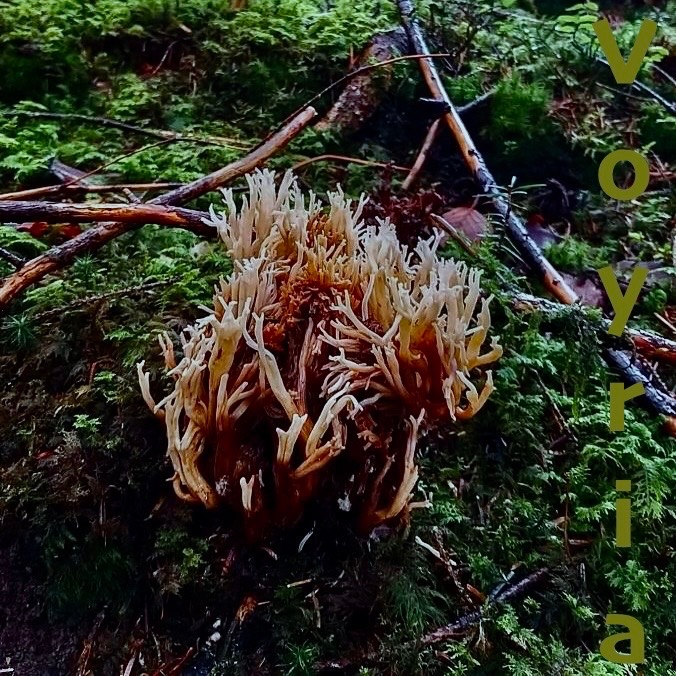The future of mycofabrication is collaborative. We see our role as being the mycobiologists who assist designers in exploring the enormous potential. Just like the how mycelium acts as a connector in the forest, so it does for different areas of expertise. Biology meets design.
Designers Gabriel Freitas and Tiago Cunico Volpato originally designed a set of stone bowls titled .shh. ; In our collaboration, we recreated their design with mycofabrication technology, to invent something completely new. The mycelium version of .shh. will be available for view at SaloneSatellite, April 8th-13th 2025.
As a special treat, we interviewed Studio Gabriel Freitas, to delve deeper into their practice.
How do you describe your design practice to those who don’t know it?
Our design practice seeks to bring poetry into everyday life. We blend emotions and stories into the creative process so that each object becomes a conversation piece and fosters an emotional connection with people.
How did you first become interested in design?
Gabriel: My interest in design took an unusual path. It started with car customization – some movies and TV shows that showcased this practice introduced me to the profession. A few years later, an article in a newspaper about the Campana brothers made me certain that this was what I wanted to do.
Tiago: My interest began with drawing – a bit of a cliché, but it’s true. I always loved drawing and painting, took extracurricular art classes in school, and spent much of my free time sketching. That’s why I pursued a career where drawing would be part of my daily routine.
What was your first project together?
At the beginning of 2014, we joined forces to create the Get Lost collection, a reflection on how lost we felt after finishing university. We had the opportunity to present this collection at Ventura Lambrate during that year’s Fuorisalone, and this project evolved into an experimental studio that, in 2022, became our current brand Gabriel Freitas.
What’s the story behind .shh.?
.shh. is a reflection on silence in an increasingly noisy world. Overwhelmed by the bombardment of information and misinformation, we took a brief pause to create and communicate without words. This project was developed in 2016, yet it remains more relevant than ever.
The .shh. collection consists of a set of tableware pieces, as the dining table represents a place where we sit down to talk over a meal. The idea is to rethink this moment as a pause for silent reflection.
How do you work with craftsmanship in your design process?
Despite having an industrial aesthetic, we often work with small production runs and experiment with new materials. This inevitably leads us to craftsmanship. The combination of these two worlds – industrial and artisanal – is what drives our evolution and allows us to create meaningful and innovative objects.
What do you find interesting about bio design?
If we look at design history, a major highlight is the modern period, when humanity sought to dominate and control nature within a capitalist system driven by profit. This exploitation is pushing us closer to environmental collapse. We need to shift this logic and aim to integrate ourselves with nature, and bio design is a gateway to this complex process of transformation.
What do you find interesting about mycofabrication?
Fungi represent the restart of the natural cycle, breaking down matter and returning it to nature. Creating something from this material carries an intrinsic poetry while also ensuring a production process that aligns with the circular economy.
Do you see yourself working again with mycofabrication? What do you imagine doing?
Absolutely! Right now, we’re working on the .shh. collection, but we’re already thinking about expanding its application to lighting and side tables. Designing a full collection with this material would be incredible.




